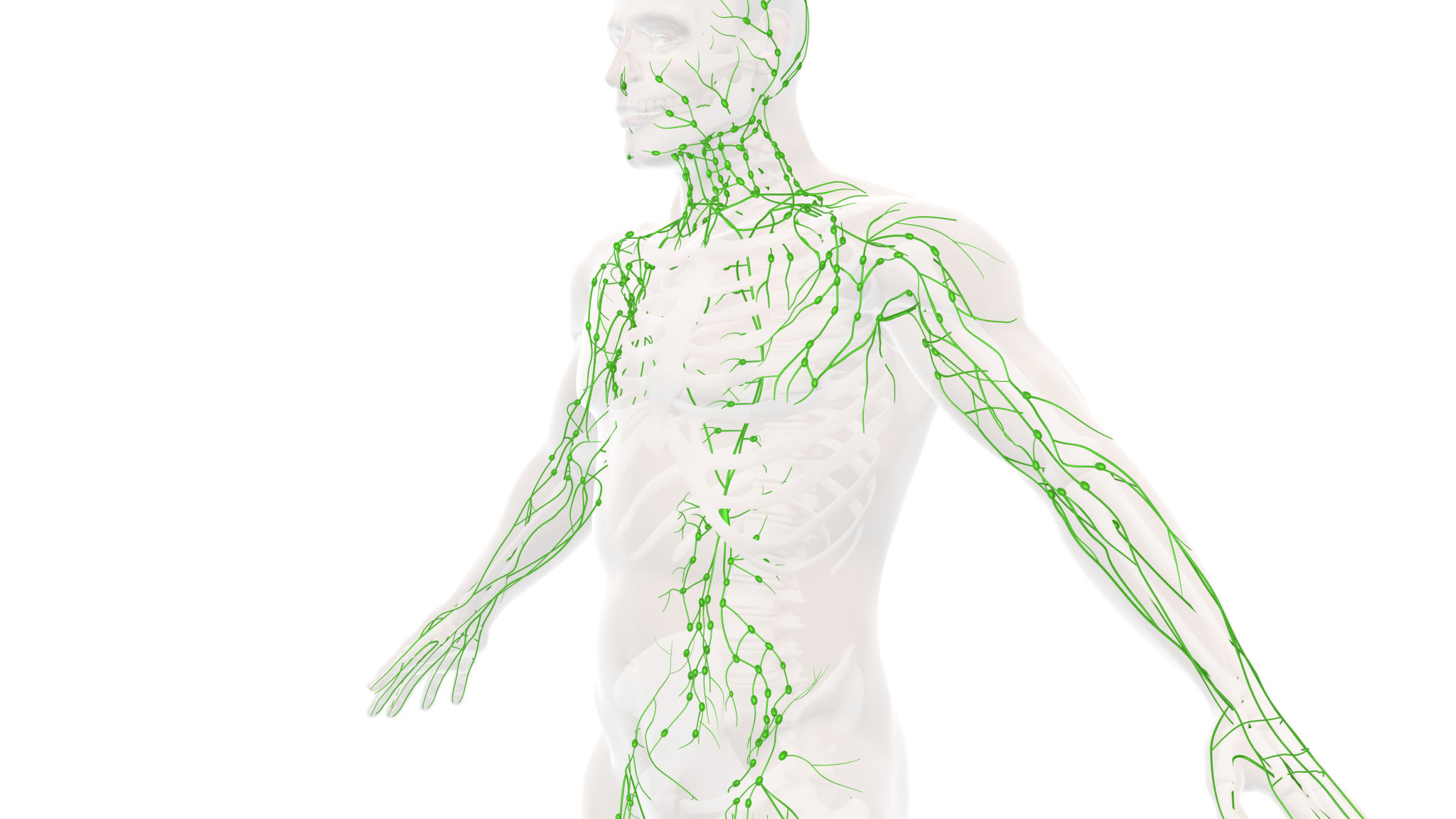Debunking Myths About Lymphedema and Lipedema
Understanding Lymphedema and Lipedema
Lymphedema and lipedema are often misunderstood, leading to misinformation that can affect those living with these conditions. While they may seem similar, they are distinct disorders that require different approaches to management and treatment. It's crucial to clear up misconceptions to improve awareness and support for individuals affected by these conditions.

Myth 1: Lymphedema and Lipedema Are the Same
One common myth is that lymphedema and lipedema are interchangeable. In reality, they are two separate conditions. Lymphedema is characterized by swelling due to a buildup of lymph fluid, usually in the arms or legs. It typically occurs after lymph node damage or removal, often linked to cancer treatments. Lipedema, on the other hand, involves a symmetrical buildup of fat tissue, primarily in the lower body, and is not caused by lymphatic system blockages.
Myth 2: Only Overweight Individuals Develop These Conditions
Many people mistakenly believe that lymphedema and lipedema only affect those who are overweight or obese. Although weight can play a role in the severity of symptoms, these conditions can occur in individuals of any size. Lipedema is a genetic disorder that primarily affects women and is not a result of lifestyle choices. Lymphedema can develop due to surgery, radiation, or infection, regardless of a person's weight.

Myth 3: Exercise Makes These Conditions Worse
Contrary to this belief, exercise is often beneficial for managing both lymphedema and lipedema. Regular physical activity can help improve lymphatic flow and reduce symptoms. Exercises like walking, swimming, or cycling are generally recommended. It is important, however, to consult with a healthcare professional to tailor an exercise plan suitable for individual needs.
Myth 4: Compression Garments Are Ineffective
Compression garments are a key component of managing lymphedema and lipedema. Some individuals may doubt their effectiveness, but these garments play a crucial role in reducing swelling and preventing fluid accumulation. They work by applying pressure to the affected areas, encouraging lymphatic drainage and providing support to the tissues.

Seeking Proper Diagnosis and Treatment
Receiving the correct diagnosis is essential for proper treatment. Misdiagnosis can lead to ineffective treatment plans and worsen the condition. If you suspect you have lymphedema or lipedema, it's important to consult with a specialist familiar with these disorders. Early intervention can significantly improve outcomes.
Myth 5: There Are No Effective Treatments
While there is no cure for lymphedema or lipedema, numerous treatment options can help manage symptoms effectively. For lymphedema, treatments may include manual lymphatic drainage (MLD), compression therapy, skin care, and exercises. Lipedema management might involve similar therapies, along with dietary changes and, in some cases, surgical options like liposuction.
The Importance of Awareness
Raising awareness about lymphedema and lipedema is vital for reducing stigma and promoting understanding. Dispelling myths can lead to more supportive communities and better resources for those affected by these conditions. By educating ourselves and others, we can foster an environment that encourages research, support, and innovation in treatment options.
